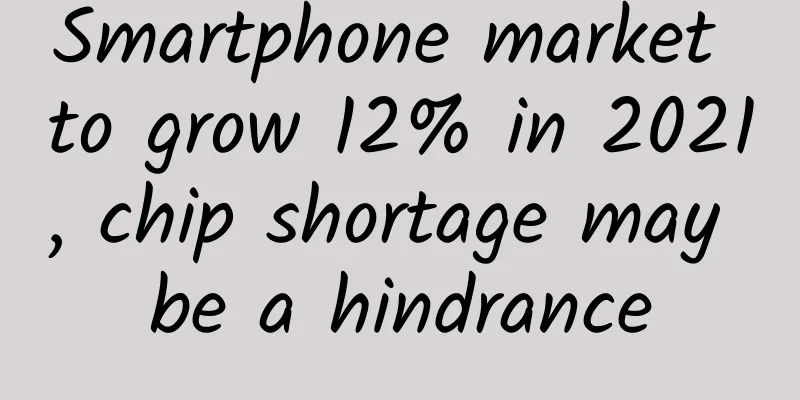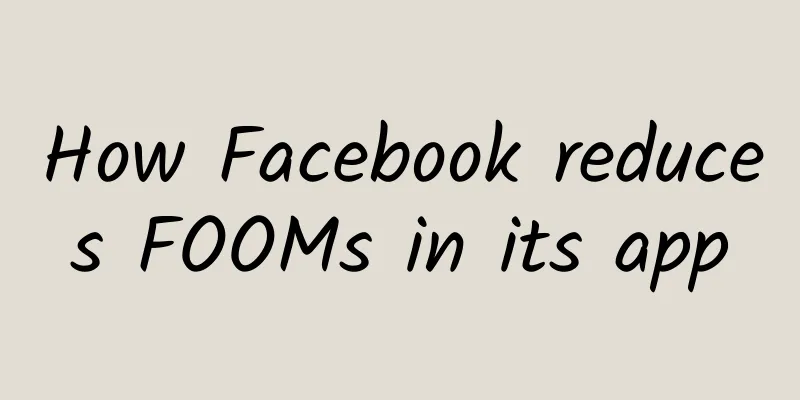Smartphone market to grow 12% in 2021, chip shortage may be a hindrance

|
The latest forecast from research firm Canalys indicates that despite the supply pressure, the global smartphone market will still grow by 12% in 2021, with shipments reaching 1.4 billion units. This represents a strong recovery from 2020, when smartphone shipments fell by 7% due to major market restrictions caused by the global COVID-19 pandemic. At the same time, Canalys also pointed out that as vaccines continue to be promoted around the world and the epidemic is suppressed, component supply will become a new bottleneck in the smartphone industry. Canalys research manager Ben Stanton said, "The resilience of the smartphone industry is quite incredible." Among them, 5G mobile phones have a strong momentum, accounting for 37% of global shipments in the first quarter, and are expected to account for 43% (610 million units) for the whole year. This will be driven by fierce price competition among suppliers, many of which sacrifice other features (such as display or power) to accommodate 5G in the cheapest possible devices. By the end of this year, 32% of all 5G device shipments will cost less than $300. However, component supply bottlenecks will limit the growth potential of smartphone shipments this year. Stanton said "delays are increasing"; shortages of microchips and other supplies have hampered the tech industry, and backlogs continue to grow, affecting every brand. Due to the chip shortage, vendors will prioritize smartphone distribution by region, turning to lucrative developed markets such as China, the United States, and Western Europe at the expense of Latin America and Africa. But even in these more profitable regions, shipments will be limited. As a result, retailers will have to drive more sales through carriers and fewer through the open market. This series of events could pave the way for more rival smartphone brands to gain sales in channels where the major players cannot meet demand. Another angle is pricing. Nicole Peng, vice president of mobile at Canalys, noted that as prices of key components such as chipsets and memory rise, smartphone vendors must decide whether to bear these costs themselves or pass them on to consumers. Significant constraints around LTE chipsets will pose challenges to the low-end market, where customers are particularly sensitive to price. Smartphone vendors must focus on improving their operational efficiency while reducing margin expectations for low-end product portfolios if constraints persist, or risk losing market share to competitors. While the pandemic may be fading in some ways, its effects will continue to be felt across society and the smartphone market. For more details, please see the official announcement. This article is reproduced from OSCHINA Title of this article: Smartphone market to grow 12% in 2021, chip shortage may be an obstacle Article URL: https://www.oschina.net/news/146147/smartphone-shipments-2021 |
>>: A comprehensive B-side design guide: tree selection
Recommend
How to use classified information for online marketing promotion?
Classified information promotion refers to activi...
Review丨Mafengwo’s 25 million operating activities, is it worth it?
On December 12, 2017, Mafengwo announced the comp...
How to use data to optimize channel delivery and achieve user growth?
With the disappearance of the new population divi...
How much does it cost to be an agent of Bozhou Tattoo and Embroidery Mini Program? What is the price of being an agent for Bozhou Tattoo and Embroidery Mini Program?
How much does it cost to be an agent for a tattoo...
This is the first time I have seen such a comprehensive information flow optimization case!
After reading this article, you will be able to i...
The thief is panicking! iOS15 can also remotely locate the phone even when it is turned off
In iOS 15, Apple has made upgrades to the Find My...
How can I increase the number of followers by creating a museum account on Douyin?
The author of this article breaks down the operat...
With customer acquisition as the goal, how to achieve user growth from 0 to 1?
If the goal is to acquire customers, then you nee...
How to lower user expectations and achieve sustained product growth?
Killing users’ unnecessary expectations and overl...
Practice: How to use data mining to convince your client?
This article is written at a milestone moment. On...
[Must-Read for Internet People] After a few years in the industry, where should your future be?
Anyone who has been in this industry for three to...
2019 China Social E-commerce Industry Research Report
Core ideas: Traditional e-commerce traffic divide...
Facebook: The next WeChat?
[[259904]] 【Super Platform】 The world of the Inte...
Product Analysis | How does iQiyi perform operations and product optimization?
With the improvement of material level, people ha...
Is the agency fee for Hailar Red Packet Mini Program high? Hailar Red Packet Mini Program Agency Fees and Process
How much does it cost to be an agent for a red en...

![Bleder tutorial takes off in 2021 [good quality and material]](/upload/images/67cbfef1c6220.webp)







